Chinese Tea: Origins, Benefits and More
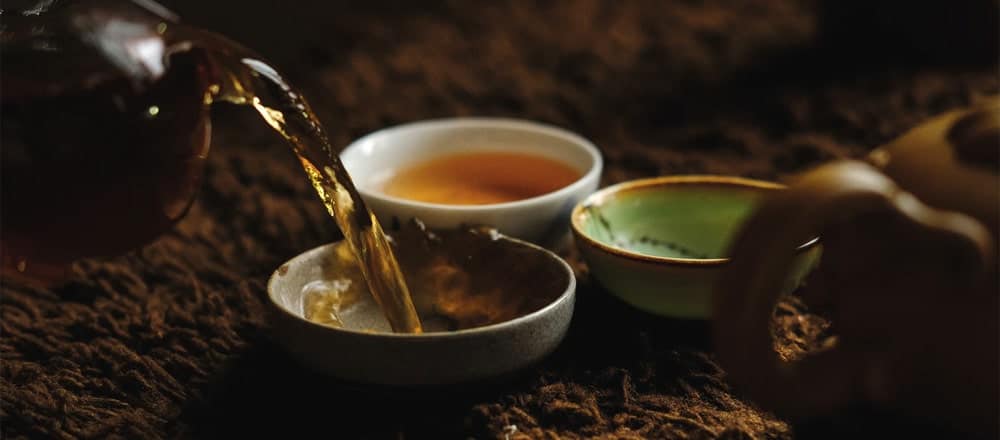
China is the home of Tea. It was here, some 5,000 years ago, that your favourite morning cuppa was created. The rest is, of course, history. But how and why did Chinese Tea become so popular?
When did we start learning about its health benefits? And what else can Loose Leaf Chinese Tea offer today? If you want to know more, please keep reading the following article.
Perhaps unsurprisingly, The Kent and Sussex Tea and Coffee Company has a close connection to Tea from China. We stock many types, varieties and grades here at our Pluckley-based factory.
Whether you like Chinese Green Tea or Chinese Black Tea – or something altogether different – you can count on us to deliver. You can try them all once you know the facts.
Table of contents
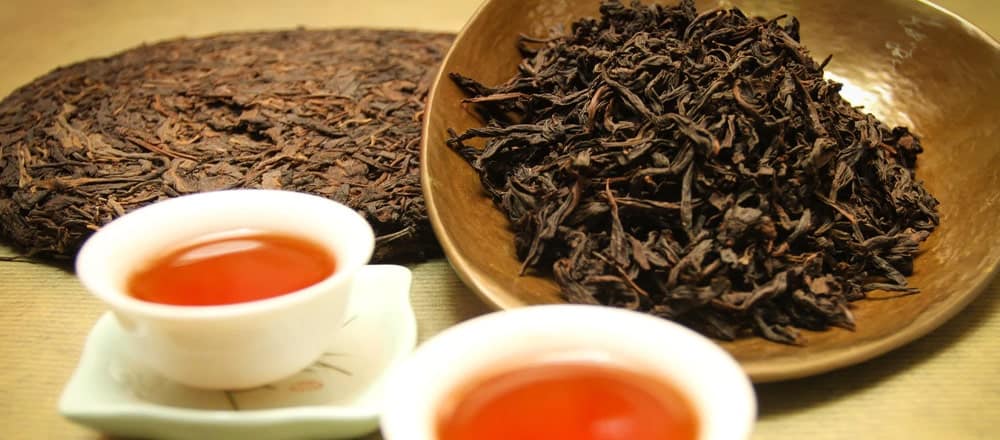
What is Chinese Tea?
Chinese Tea is, essentially, Tea from China (officially the People’s Republic of China). Few countries – indeed perhaps none – have such close ties with the leaves from the Camellia sinensis (Tea) plant.
Tea is a staple of Chinese culture, of Chinese society. There is a reason, after all, that we say “for all the Tea in China,” a phrase that, at its core, denotes something priceless.
Priceless figuratively, sure. Yet China also accounts for around 40% of the world’s total Tea output, amounting to 2.4 million tonnes. This nation is the largest exporter of Tea, most of which grows in the provinces of Anhui, Fujian, Guangdong, Yunnan and Zhejiang.
Here is a table showcasing the top ten Tea-producing countries. You’ll undoubtedly notice that China is first:
Tea Producers by Country |
||
|---|---|---|
| Rank | Country | Tonnes Produced Per Year |
| 1 | China | 2,400,000 |
| 2 | India | 1,250,000 |
| 3 | Kenya | 500,000 |
| 4 | Sri Lanka | 350,000 |
| 5 | Turkey | 250,000 |
| 6 | Vietnam | 240,000 |
| 7 | Indonesia | 144,000 |
| 8 | Argentina | 90,000 |
| 9 | Japan | 80,000 |
| 10 | Iran | 75,000 |
But where did it all begin? It is essential to note that before Chinese Black Tea, there was Chinese Green Tea – and that ONLY. For many centuries after its discovery, in fact, few people tried to make different types, believing that what they saw was what they got.
We now know differently, of course. However, until relatively recently (emphasis on “relatively”), Chinese Green Tea was all there was.
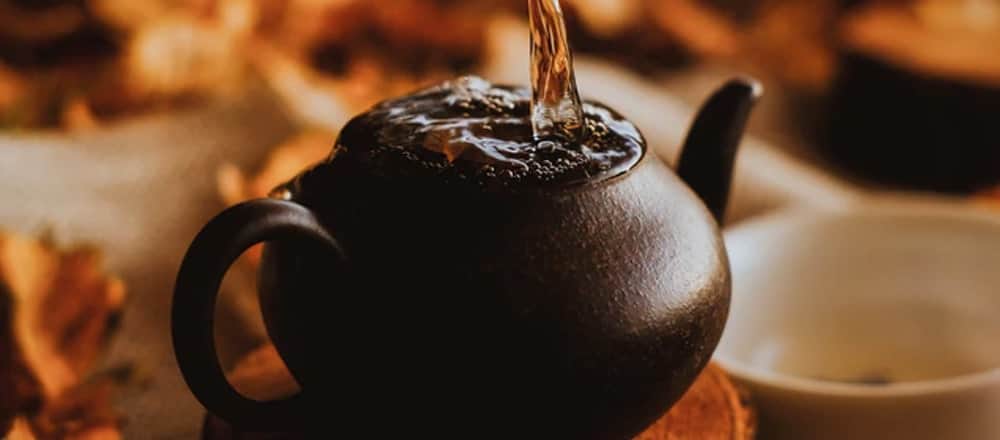
Chinese Tea Origins
If you’re wondering, “Who Discovered Tea?,” the truthful answer is that no one knows. Nor, it would seem, will we ever know with any certainty. Yet there is one fascinating legend dating back to 2737 BCE attributing it to an ancient Chinese Emperor named Shennong.
According to folklore, Shennong was an avid herbalist who, after a long day experimenting, came to rest underneath an unknown tree.
The Emperor eventually fell asleep in the midday sun with a cup of boiling water by his side. While he dozed, a gust of wind came through the tree.
Leaves fell to the ground, some of which landed in Shennong’s drink – thereby infusing. When Shennong awoke, he discovered a strange, greenish liquid in front of him. He decided to try it, finding himself delighted with the result.
Shennong felt invigorated and refreshed. Without knowing it at the time, he had just discovered Chinese Green Tea – or so the tale goes. A simple story it might be, indeed little more than a myth, but it nevertheless inspired a nation.
The first historical records of its consumption exist in a late 8th-century book entitled “Ch’a Ching” – or “Tea Classic” – written by Lu Yu.
Since its publication, people’s love for Chinese Green Tea has prevailed for many thousands of years. Countless books have come since, including several associated with Traditional Chinese Medicine (TCM), although none have quite the renown as Lu Yu’s masterpiece.
What came next was experimentation, which, in time, brought about Chinese Black Tea.
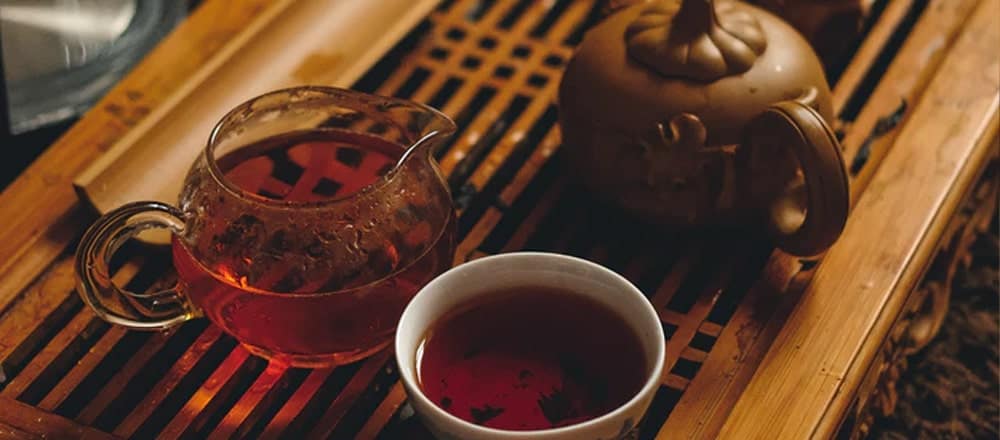
When was Chinese Black Tea Created?
The first Chinese Black Tea was Lapsang Souchong. Its creation, some say, was the product of pure accident – much like the story of Chinese Tea as a whole.
This reportedly took place during the Qing Dynasty (1644-1912), a period of great upheaval in the country. It began with a few farmers tending to their crop when a group of bandits descended upon them.
These thugs and thieves, the tale goes, wanted the farmers’ produce. They demanded that the Tea be ready for their return. However, the humble workers didn’t give up so easily, instead hurriedly preparing their crop for market.
This involved drying the leaves over pinewood fires to speed up oxidation. The result was an unmistakably “smoked” Tea – one that appeared to be ruined.
The farmers nevertheless took the shipment to a local port before the bandits could pursue them. It was there that they met Dutch traders looking to sample their goods.
Everyone stood in silence, waiting for the verdict – which, as it turned out, was immensely positive. The Dutch loved the Tea the farmers had created. Lapsang Souchong – and a future in making Chinese Black Tea – was born.
Since then, the likes of Keemun Tea (“invented” in 1875), Yunnan Black Tea and Shou (meaning “fermented”) Pu erh have arrived on the scene. With each new variety, the world of Chinese Leaf Tea has expanded and become increasingly well-known. And there are still more types worth noting – some of which aren’t even “Tea” in the conventional sense.
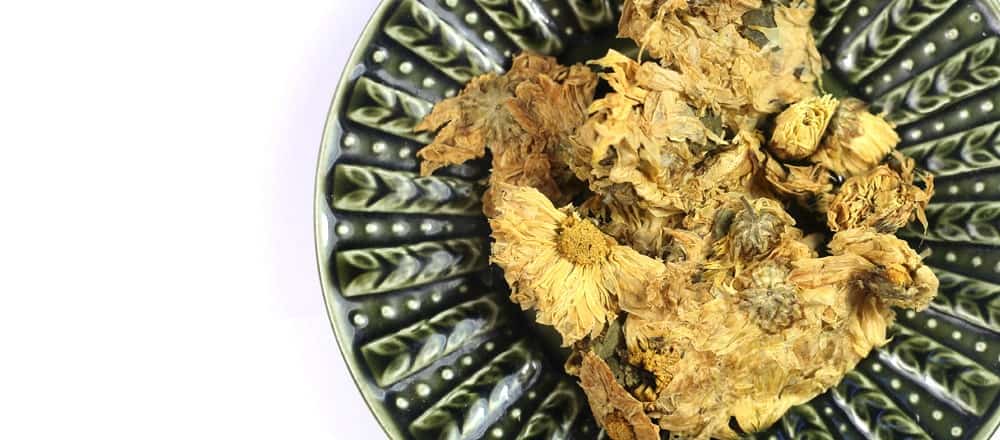
Popular Chinese Herbal Tea Types
Chinese Tea, technically speaking, is anything to come from the Camellia sinensis (Tea) plant. This includes the four primary types – Green, Black, White and Oolong – as well as Chinese Yellow Tea and Chinese Flower Tea.
Yet there are other beverages considered immensely popular in China. Beverages that have, in many respects, become honorary Teas.
Chinese Herbal Tea, as people know it, can be almost any consumable naturally-sourced ingredient. During the Ming Dynasty (1368-1644), many of these were floral infusions such as Chinese Jasmine Tea and Chrysanthemum Tea.
The former of the two is also used in blends with Green or White Tea. The latter tends to be brewed flowers without any additions.
Then there is Lychee Tea, which is, similar to Chinese Jasmine Tea leaves, often found in blends. The word “Lychee” derives from the Chinese “Lee Chee,” meaning “donor of the joy of living.”
The fruit itself is a drupe of around 3-5 centimetres in diameter. On the outside of it is the pericarp (skin). Most important, however, is the deliciously white, translucent pulp inside.
When it comes to Chinese Herbal Tea associated with Traditional Chinese Medicine (TCM), most would look to Ginseng. This is a slow-growing perennial plant belonging to the Araliaceae (ivy) family.
There are several species, although Asian Ginseng (Panax ginseng) is the most common in China. According to TCM, it can strengthen one’s original “Qi” – the vital energy of the body capable of animating our being.
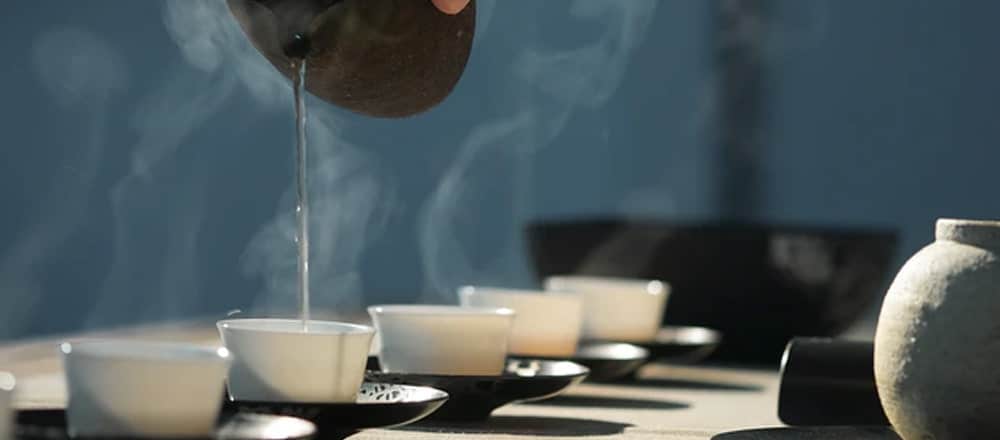
The Chinese Tea Ceremony
A Chinese Tea Ceremony isn’t as well known internationally as its Japanese counterpart, which is arguably most famous for its use of Matcha Tea.
However, within China itself, this elegant affair plays a significant role in weddings. The event involves the bride and groom serving Tea to their parents, in-laws and other relatives, symbolising the union of two families.
The couple, typically dressed in their formal attire, will kneel before their elders and serve them Chinese Loose Green Tea. Others in attendance include the bridesmaids, who often act as attendants – making the Tea, handing over Teacups and washing the utensils.
There are no set rules as to which type of Tea should be present, although it is usually Sencha.
The history of the Chinese Tea Ceremony dates back to the Tang Dynasty (618-907). Its practice traditionally indicated a bride’s loyalty to her loved one. Nowadays, though, most people view it as a sign of the families’ welcoming their child’s chosen partner into their circle.
It is also an expression of gratitude from the couple’s part – shown through the presenting of Green Tea Chinese Tea.
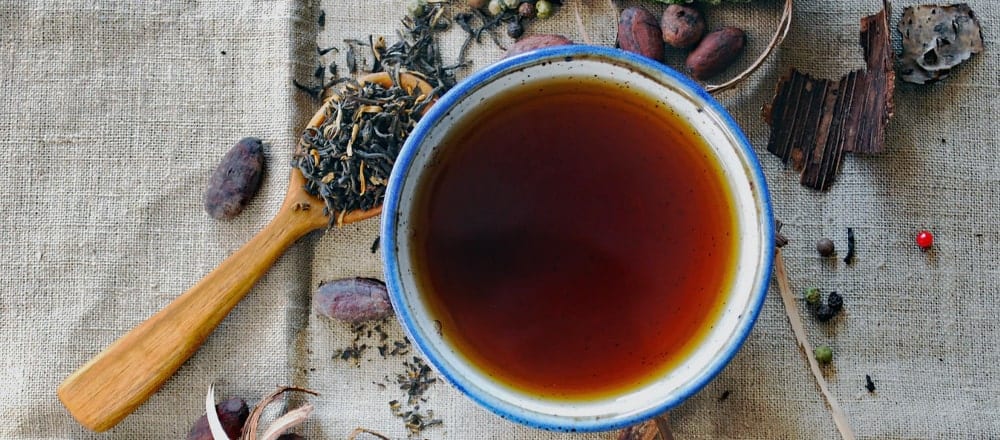
Chinese Tea Benefits
Whether you’re drinking Chinese, Indian, Ceylon or Vietnamese Tea, you can expect it to come with health benefits. This is mostly because of the abundance of antioxidants held in the leaves, which, according to studies, support your wellbeing in a multitude of ways.
Perhaps most notably, Antioxidants in Tea combat free radicals in the body, thus reducing the risk of developing several chronic conditions.
But that’s not all on offer here. Canadian researchers have discovered that Chinese Green Tea improves oral health. Japanese researchers have found that Chinese Black Tea prevents hair loss.
According to evidence published in the Journal of Nutrition & Intermediary Metabolism, meanwhile, the chemical compounds in ALL types relieve stress and anxiety.
From aiding digestion to supporting the immune system; enhancing brain function to potentially preventing cancer, the possibilities seem almost endless. All of this – and much, much more – exists in your morning cuppa. And the good news is that you can buy Chinese Tea, in all its shapes and sizes, right here at The Kent and Sussex Tea and Coffee Company!
Conclusion
Chinese Tea is a 5,000-year-old story still being told to this day. It is indeed difficult to imagine the country’s culture and society without it. Chinese Green Tea, in particular, has existed for millennia.
The last few hundred years have seen the rise of other types, most notably Chinese Black Tea, as well as Chinese Flower Tea and Chinese Yellow Tea. All have something extraordinary to offer.
When it comes to buying from us, it’s worth noting that we pack every Loose Tea, Tisane and Coffee fresh to order. This is our way of guaranteeing not only quality but also consistency with every cuppa brewed.
Why not then start your journey with The Kent and Sussex Tea and Coffee Company today? Explore our vast range and discover your new favourite infusion!

 Loose Leaf Tea
Loose Leaf Tea Pyramids
Pyramids Tea Bags
Tea Bags Africa
Africa Assam
Assam Ceylon
Ceylon Chinese
Chinese Darjeeling
Darjeeling European
European Indian
Indian Japan
Japan Nepal
Nepal South East Asia
South East Asia Ayurveda Tea
Ayurveda Tea Black Tea
Black Tea Chai Tea
Chai Tea Flowering Tea
Flowering Tea Fruit Tisanes
Fruit Tisanes Green Tea
Green Tea Herbal Tea
Herbal Tea Matcha Tea
Matcha Tea Oolong Tea
Oolong Tea Organic Tea
Organic Tea Pu erh Tea
Pu erh Tea Rooibos Tea
Rooibos Tea White Tea
White Tea Asian Coffee
Asian Coffee Caribbean Coffee
Caribbean Coffee Central American Coffee
Central American Coffee South American Coffee
South American Coffee Coffee Blends
Coffee Blends Decaffeinated Coffee
Decaffeinated Coffee Espresso Coffee
Espresso Coffee Ethically Sourced Coffee
Ethically Sourced Coffee Flavoured Coffee
Flavoured Coffee Organic Coffee
Organic Coffee Single Origin Coffee
Single Origin Coffee Chocolate 1
Chocolate 1 Chocolate 2
Chocolate 2 Chocolate 3
Chocolate 3 Chocolate 4
Chocolate 4 Chocolate 5
Chocolate 5 Chocolate 6
Chocolate 6 Chocolate 7
Chocolate 7 Chocolate 8
Chocolate 8 Chocolate 9
Chocolate 9 Loose Tea Filters
Loose Tea Filters Tea Accessories
Tea Accessories Tea Bricks
Tea Bricks Tea Caddies
Tea Caddies Tea Caddy Spoons
Tea Caddy Spoons Tea Gift Ideas
Tea Gift Ideas Tea Infusers
Tea Infusers Tea Strainers
Tea Strainers